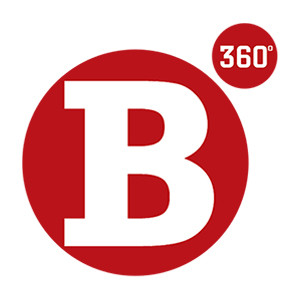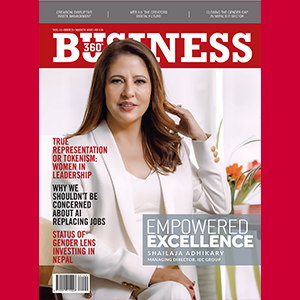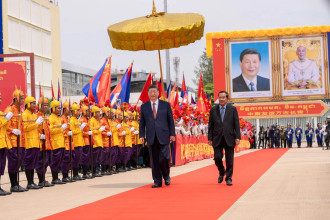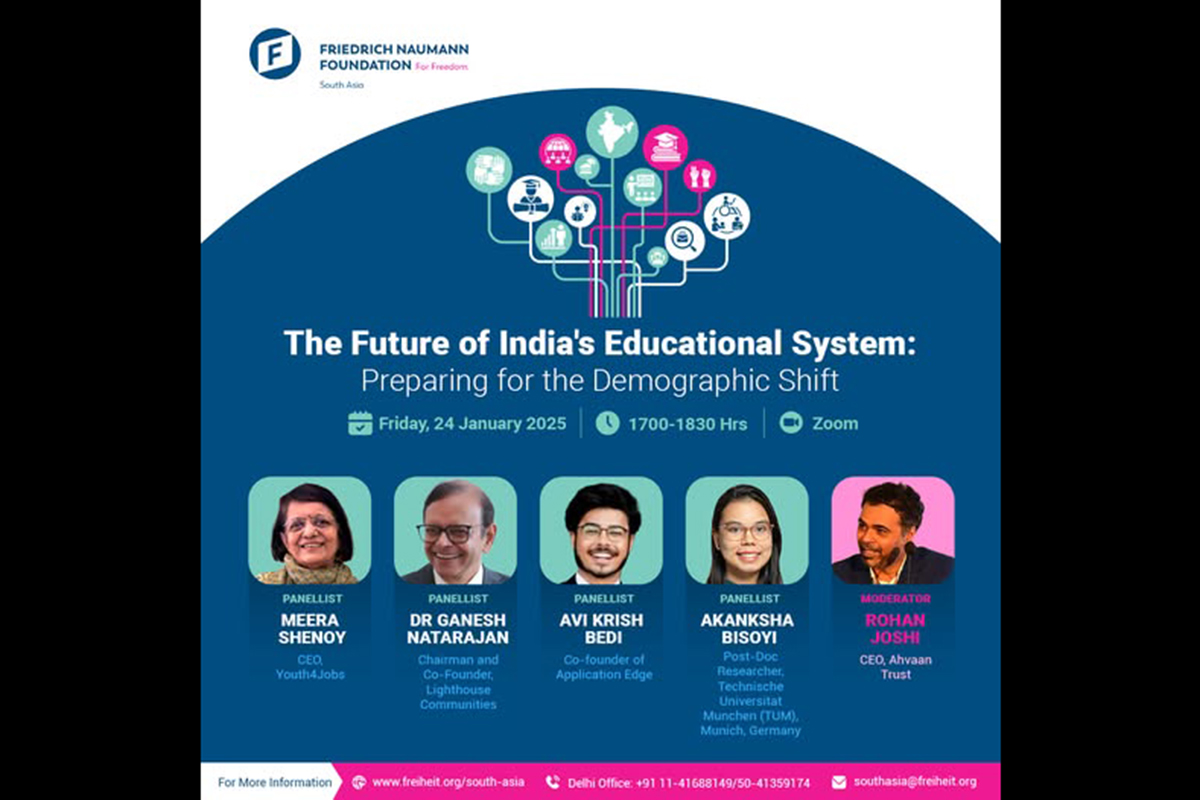
KATHMANDU: The Friedrich Naumann Foundation for Freedom South Asia, organised a thought-provoking webinar titled ‘The Future of India's Educational System: Preparing for the Demographic Shift’ in observance of International Day of Education, on January 24.
The panel brought together a diverse group of experts, including Akanksha Bisoyi, Post-Doc Researcher at Technische Universität München; Avi Krish Bedi, Co-founder of Application Edge; Dr Ganesh Natarajan, Chairman and Co-founder of Lighthouse Communities; and Meera Shenoy, CEO of Youth4Jobs. The discussion delved into the various challenges facing India’s education system and explored potential solutions to equip the future workforce for an evolving demographic landscape.
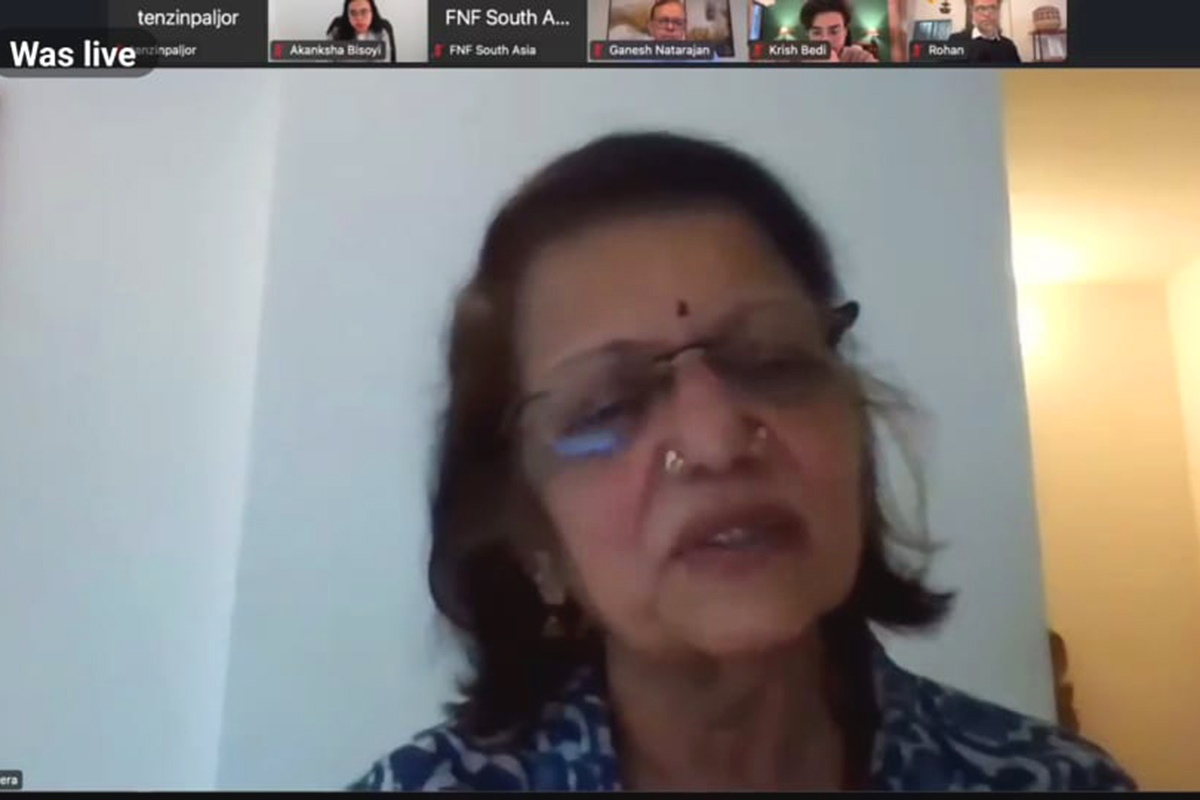
Shenoy, CEO of Youth4Jobs, focused on the critical issues surrounding inclusion in India’s education system, especially for youth with disabilities. She emphasised that while there are islands of excellence, scaling these best practices remains a significant challenge. “The challenge is how do you convert those islands of excellence to excellence at scale?” she said, referring to the need for better inclusivity across diverse disabilities. She cited her work with government schools for the visually impaired, where simple interventions, such as teaching English and using specialised software like JAWS and NVDA, have a transformative effect.
“Every single girl who is visually impaired gets into an institute of higher education, which is English medium. And that means, you know, they're connected to the world far more,” she shared. For Shenoy, the key to creating a more inclusive education system is not just improving access to education but also building confidence and self-esteem in students, a theme that was echoed throughout the webinar.
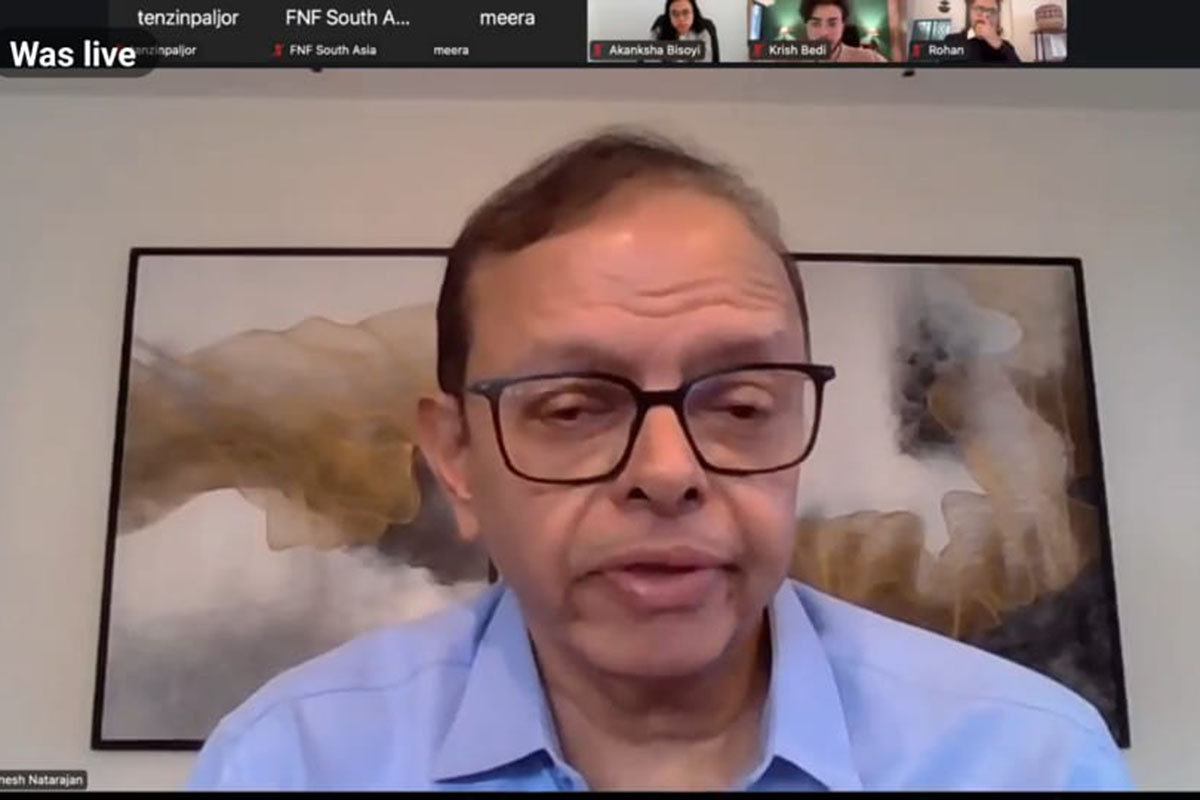
Dr Natarajan, Chairman and Co-founder of Lighthouse Communities, offered a balanced perspective on the Indian education system, underscoring its strengths while acknowledging the need for improvement. Reflecting on his own educational journey, he shared, “I am myself a product of the Indian education system… There is probably no better endorsement to the fact that the Indian education system works.” He pointed to the global success of Indian graduates, citing that 24 of the Fortune 500 companies are led by Indians, and most of these leaders were educated in India.
However, Dr Natarajan was quick to highlight the existing challenges, particularly in terms of inclusion and the inequities present in India’s economic system. He emphasised that while India’s education system has its merits, there is still significant room for improvement. “I would say a tremendous amount of work has been done on education. And I would also mention that if you put large doses of technology into it and add the elements of inclusion that we are all worried about, you will have a first-class system,” he concluded.
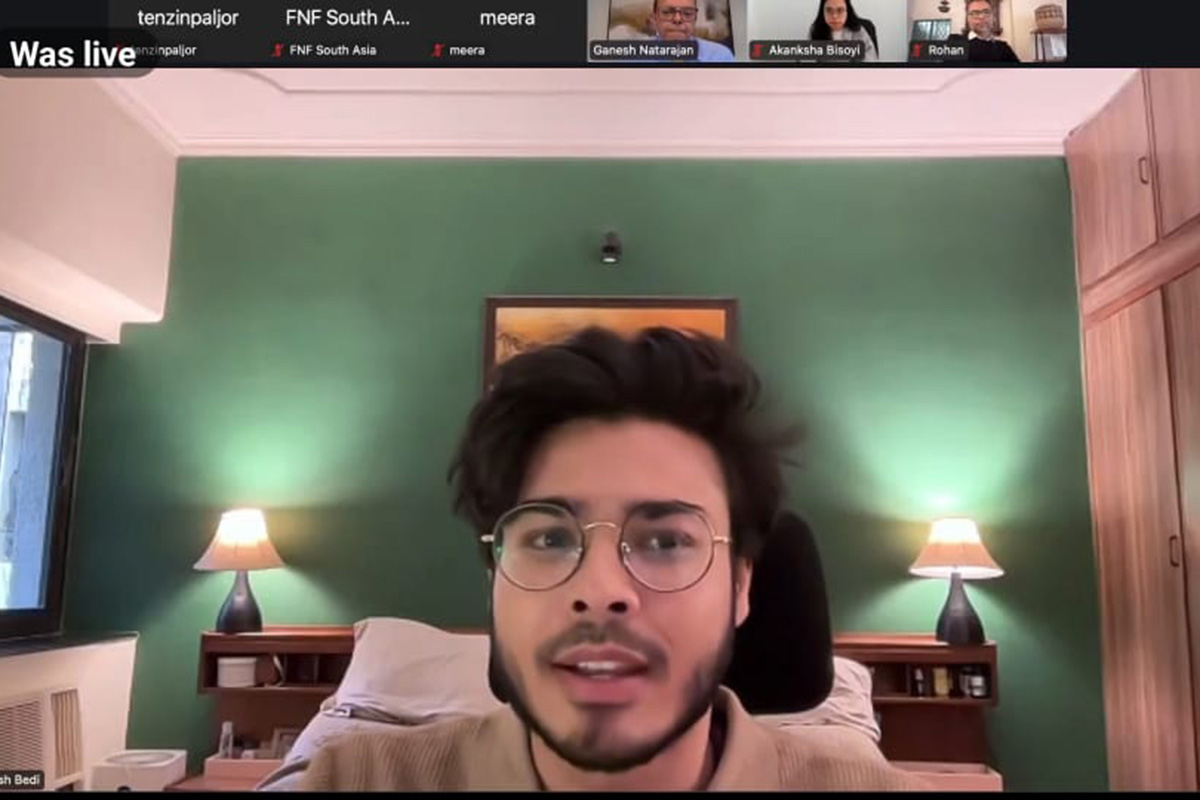
Bedi, Co-founder of Application Edge, largely agreed with Dr Natarajan's points but highlighted the importance of further enhancing the policy framework to address the system’s shortcomings. He praised the National Education Policy (NEP) for reducing bureaucratic obstacles and allowing private universities to offer more accessible and high-quality education. “It’s great to see that the NEP has started implementing measures that reduce the cholesterol of regulation,” Bedi remarked. He also stressed the need for reforms to integrate students into the workforce better, acknowledging that while India’s education system nurtures human capital, there are still gaps in terms of accessibility, inclusion, and the ability to meet the demands of the modern labour market.
Bedi’s comments raised an important point about the changing landscape of education, particularly in terms of non-traditional skills and the intersectionality of issues faced by different groups, as discussed by other panellists.
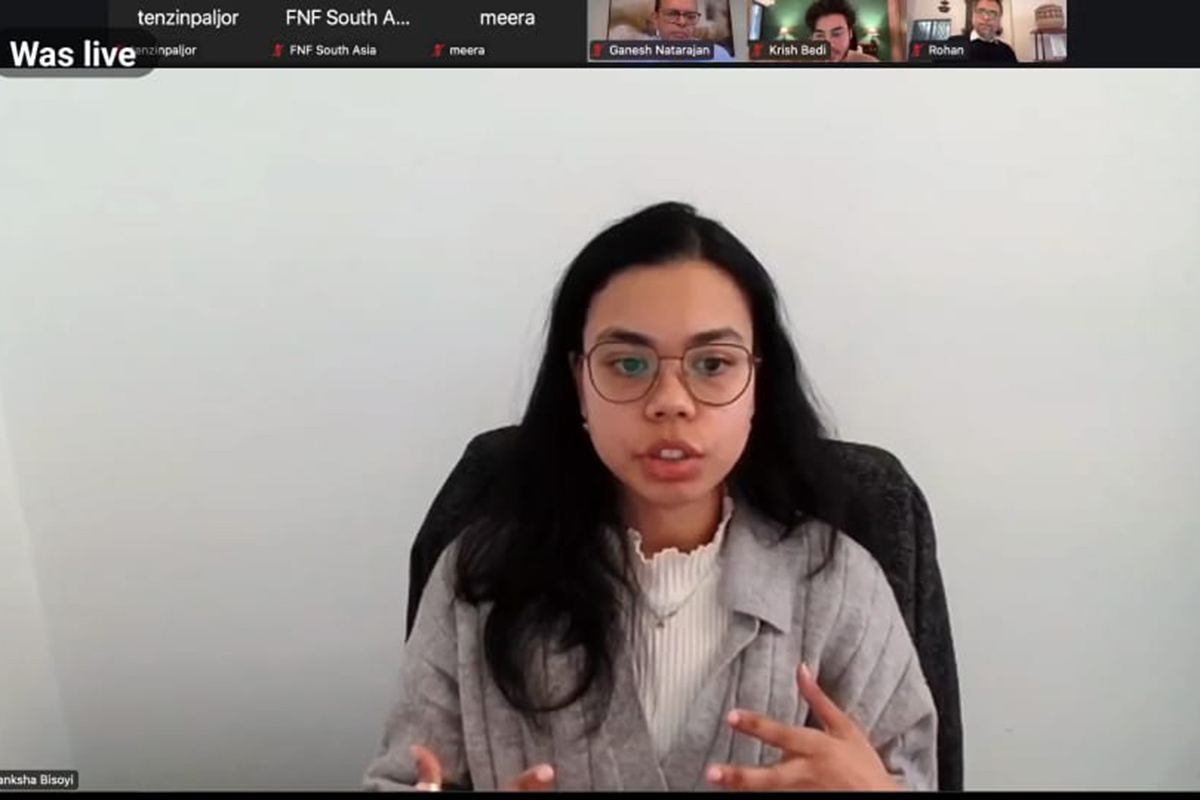
Bisoyi, Post-Doc Researcher at Technische Universität München, brought a unique perspective to the conversation, drawing on her experience as both a student in India and abroad. She emphasised the strength of India’s educational system in its ability to foster interdisciplinary learning. “The Indian education system draws itself from a very rich legacy of these intellectual traditions that emphasise on holistic learning,” she explained. She pointed out that centres of interdisciplinary education already exist in India, blending philosophy, science and governance. This tradition, she believes, can play a significant role in transforming India’s educational system.
Bisoyi also highlighted the importance of technological accessibility and digital platforms, such as the National Digital Library and the Digital Infrastructure for Knowledge Sharing (DIKSHA), which aim to bridge the rural-urban divide. She called these initiatives ‘essential to bridge the rural-urban education divide and foster technological fluency among students’.
A recurring theme throughout the discussion was the need to address the skills gap. Dr Natarajan pointed out that the real problem lies not in the gap in skills, but in the lack of agency among students, particularly those from disadvantaged backgrounds. “The problem is agency gap,” he explained. In countries like Germany or Switzerland, students are empowered to make decisions about their future careers early on, but in India, students often lack the agency to choose their path. This results in a lack of focus when entering higher education and skill development institutions.
Dr Natarajan shared his experience of working with city slum youth and emphasised the importance of building self-esteem and motivation. “The ability to make choices is what has been missing,” he said. He believes that by helping students realise that they have the power to make choices about their future, they will be more likely to succeed in their chosen fields.
Shenoy echoed this sentiment, explaining that her organisation works extensively to change the attitudes of households toward disability and education. She emphasised that skills training alone is not enough; creating job profiles that match the skills and capabilities of disabled youth is equally important. “Unless you understand disability and get job profiles suited to their competencies, you won’t get jobs at scale,” she warned.
Shenoy also discussed the challenges faced by youth with disabilities when entering the job market, particularly in rural India. While her organisation has had success with programmes that empower youth with disabilities, she explained that overcoming attitudinal barriers remains a major hurdle. “There’s a huge attitudinal barrier in villages, which is the real India,” Shenoy pointed out. She noted that one of her largest programmes focused on behavioural change, reaching over 15 million households to educate families about government entitlements and the importance of education for youth with disabilities.
The session concluded on a hopeful note, with all panellists agreeing that while challenges persist, there are numerous opportunities for India to build a more inclusive and accessible education system. The key lies in empowering students with the agency to make informed choices about their education and careers, addressing the gaps in skills training, and fostering an inclusive approach that accommodates the diverse needs of all students.
In the coming years, India’s education system will need to evolve in response to the country’s changing demographics. By implementing policies that promote inclusion, equity and access to high-quality education, the country can harness its demographic dividend and equip the next generation with the skills needed to succeed in a rapidly changing world.
READ ALSO:
- FNF hosts webinar on ‘The Future of Tibetan Leadership: Insights on His Holiness the Dalai Lama’s Succession’
- FNF South Asia hosts dialogue on ‘South Asia and Germany: Perspectives on Economy and Security’
- FNF South Asia hosts webtalk on ‘BRICS Summit in Kazan: India’s Agenda’
- FNF South Asia webinar explores ecological challenges for conservation in the Bay of Bengal region
- FNF South Asia hosts webinar titled 'India Votes: Inclusive Democracy 2024'
- FNF South Asia holds conference to address LGBTQIA+ rights in South Asia, Europe
- FNF South Asia hosts webinar titled 'Empowering Voices: Exploring the Political Landscape for Women in South Asia'
- FNF hosts webinar on Energy Transition and Energy Security in South Asia

